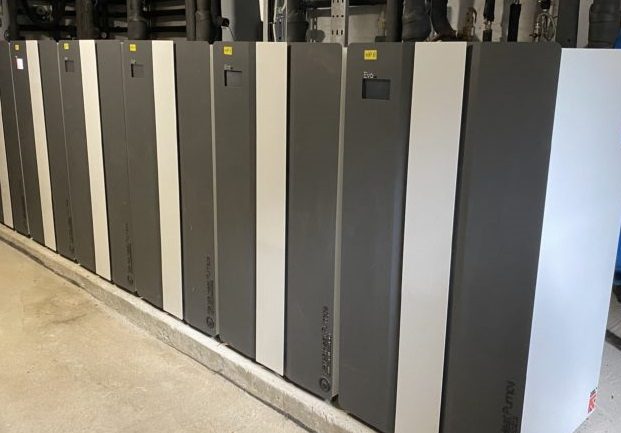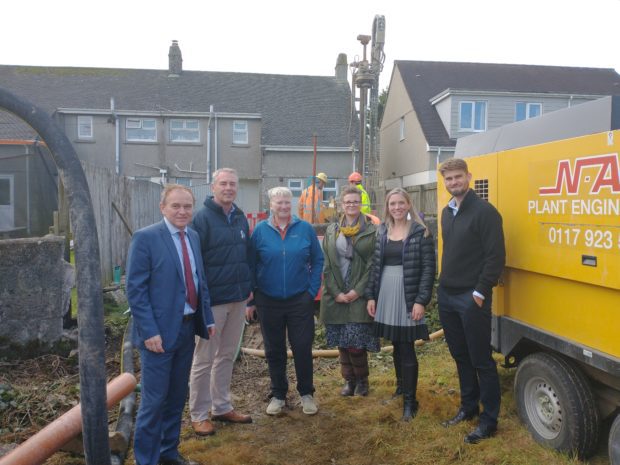With the rising cost of living and cold weather hitting, it’s more important than ever to keep your energy bills as low as possible. Even with current government intervention, energy bills are much higher than we have been used to and many will struggle with the cost of keeping warm.
Lowering your energy usage and making your home more efficient can help to reduce the cost of your energy bill. Kensa highlights our top heat pump energy-saving tips – from draught excluders to smart meters. Try our quick wins, long-term measures or a little bit of both with your ground source heat pump.
Quick ways to save energy
Check your flow temperature
Ground source heat pumps have a lower flow temperature than other heating devices, like boilers, as they produce heat in a completely different way.
The lower the flow temperature, the more efficiently your heat pump runs which means savings on your energy bill. You ideally want to have your ground source heat pump running at a flow temperature of around 35 degrees.
This certainly doesn’t mean the heat pump won’t keep you warm – it may just require a larger surface area such as underfloor heating or a larger radiator to reach the building’s required temperature quicker.
For example, a room that needs 500W can be heated just as quickly by a larger radiator operating at 50°C as by a small radiator operating at 70°C.
Lower your thermostat
Try turning down your thermostat by one or two degrees – it doesn’t sound like much, but this small change can have a massive impact on your bills. Obviously, please don’t lower it to a point where your room feels cold, but by turning down your thermostat by just 1 degree you could save around 10% on your annual energy bill. ¹
Watch how much you use
Smart meters allow you to keep track of how much energy you’re using, and in turn, how you could benefit from making small adjustments. Your energy supplier should usually supply a meter at no extra cost to you. A win-win for energy and bills!
Be smart with timing
Make sure that the time settings on your controller are correct. Work out the schedules of your household and when the home needs to be warm and set the timers accordingly – for example, before you wake up or when you finish work. You don’t want your heating running when you don’t need it.
Making a schedule and setting your heat pump to warm your water at a different time from your heating will make sure you have enough hot water for your needs.

Switch off heating in unused rooms
Turn the heating off or down to the frost protection setting in rooms you aren’t using. If you have radiators, turn down the thermostatic valve on the side of each of them. If you have underfloor heating, you’re likely to have an adjustable thermostat in each room that you can set. Tailoring the temperature of each room will give you more control over your heating, and how much energy you use.
When you are only heating rooms you need to stay warm, be sure to keep any internal doors shut so you aren’t leaking heat out into the rest of the house.
Exclude the draughts
Keeping as much heat in your home as possible is the key to saving energy. Stop cold air from getting in with easy fixes like draught excluders, letterbox and keyhole covers. It may also be worth investing in heavy or thermal curtains to prevent any unwelcome breeze.
Close doors between rooms – the air change rate within a room can massively affect how effectively your property is heated. However, do make the most of daylight. If the sun warms up certain rooms, try to leave internal doors open on these occasions to circulate the warmth.
Make the most of the energy you pay for
Don’t trap heat under the carpet. Luxurious rugs may look good, but if you have underfloor heating, they will also trap the heat so our advice is to avoid them.
It’s the same principle if you have radiators. Make sure your curtains or furniture aren’t blocking the heat from entering the room. Lift your curtains onto the windowsill if you need to and pull your sofa forward.
Keep your radiators clean
Although ground source heat pumps don’t have to be serviced annually, you may want to get your heating distribution system, i.e. radiators, checked.
If you get your system serviced, your installer may be able to check how clean your radiators are and whether they contain inhibitor – this is a substance that prevents a build-up of sludge which could use up more energy and affect your heating bills. If there is no inhibitor, the installer can ‘flush’ the system, and add inhibitor to save further energy.
Radiators get hot and therefore are like a magnet for attracting dust and dirt and if left uncleaned, the build-up can be quite substantial. Particularly dirty radiators can be less efficient than clean ones, making your system use more energy to heat your room, which will be reflected in higher energy bills.
Try to regularly clean the convector fins – the zigzag grooves running down the back (and front). This can be done with a long-handled radiator brush or even by running the nozzle attachment of a hoover across the top and bottom.
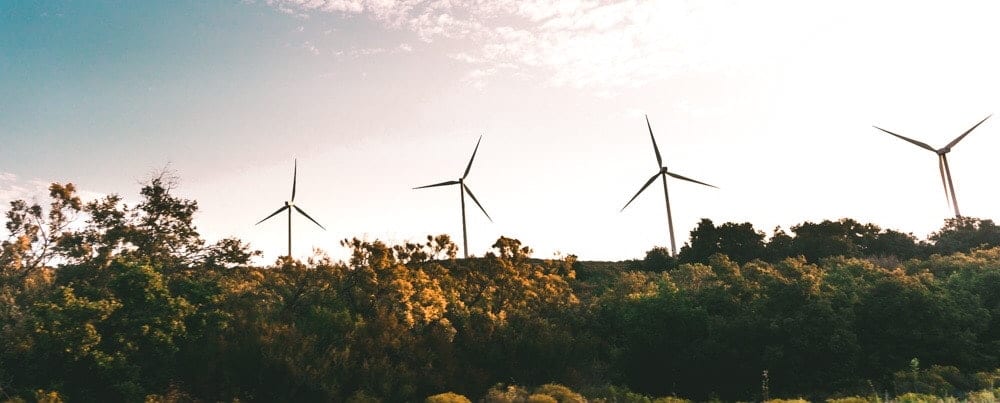
Long-term energy saving wins
To save even more energy and money on heating and hot water, you could take long-term steps, such as investing in insulation.
Use your EPC for energy insights
Clues for more heat pump energy-saving tips lie in your Energy Performance Certificate. This provides an energy efficiency band for your home (from band G to A) and offers recommendations for improvements. You may be able to find this on an EPC register, or if your home is fairly new, you might have to get an EPC assessor in. This could be very beneficial in the long run if you are looking to make significant improvements.
Insulate, insulate, insulate
If you live in a modern home, the chances are you already have insulation. But the more insulation you have, the better your home will be at retaining heat. Look into cavity wall, internal wall or loft insulation if you don’t already have it to help save on your energy bills.
You’ll also want to check that your pipework is insulated, so you aren’t losing your heat before it gets to your radiators or underfloor heating.
Also, if you have single-glazing, it may be worth considering upgrading to double-glazing.
Dress up your hot water cylinder
A well-insulated cylinder means your hot water stays hot, and you don’t have to spend energy and money on heating it twice. Chances are, your cylinder will already be well insulated if it’s fairly modern. But if it’s an older cylinder – for example, when insulation requirements may have been less than 80mm a few decades back – you could treat it to a new insulation jacket. Make sure the jacket fits well, leaving no gaps for the heat to escape. Even placing a couple of blankets on the cylinder could make a difference.2
Search far & wide: energy prices
Keep on top of the best energy price and plan for you. At the moment, you may be better off sticking on the price cap rate, however, keep an eye on the market in case any deals come up. MSE keep their energy page updated with new deals.


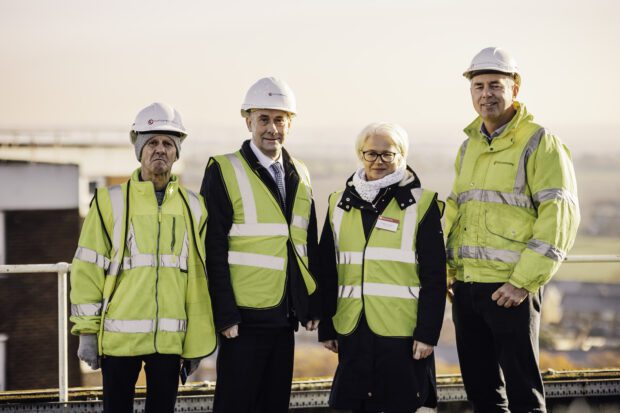
 Summary:
Summary:
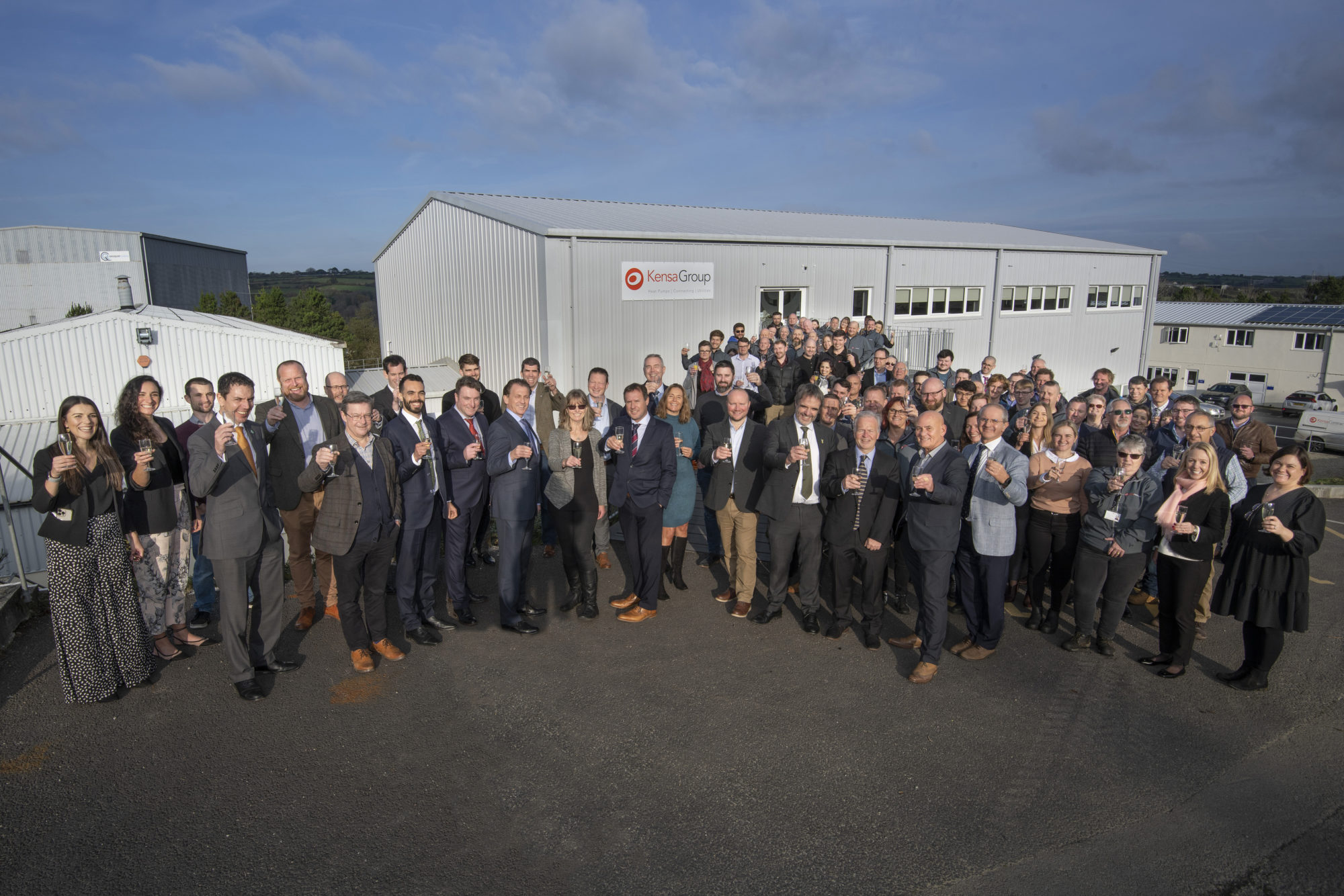


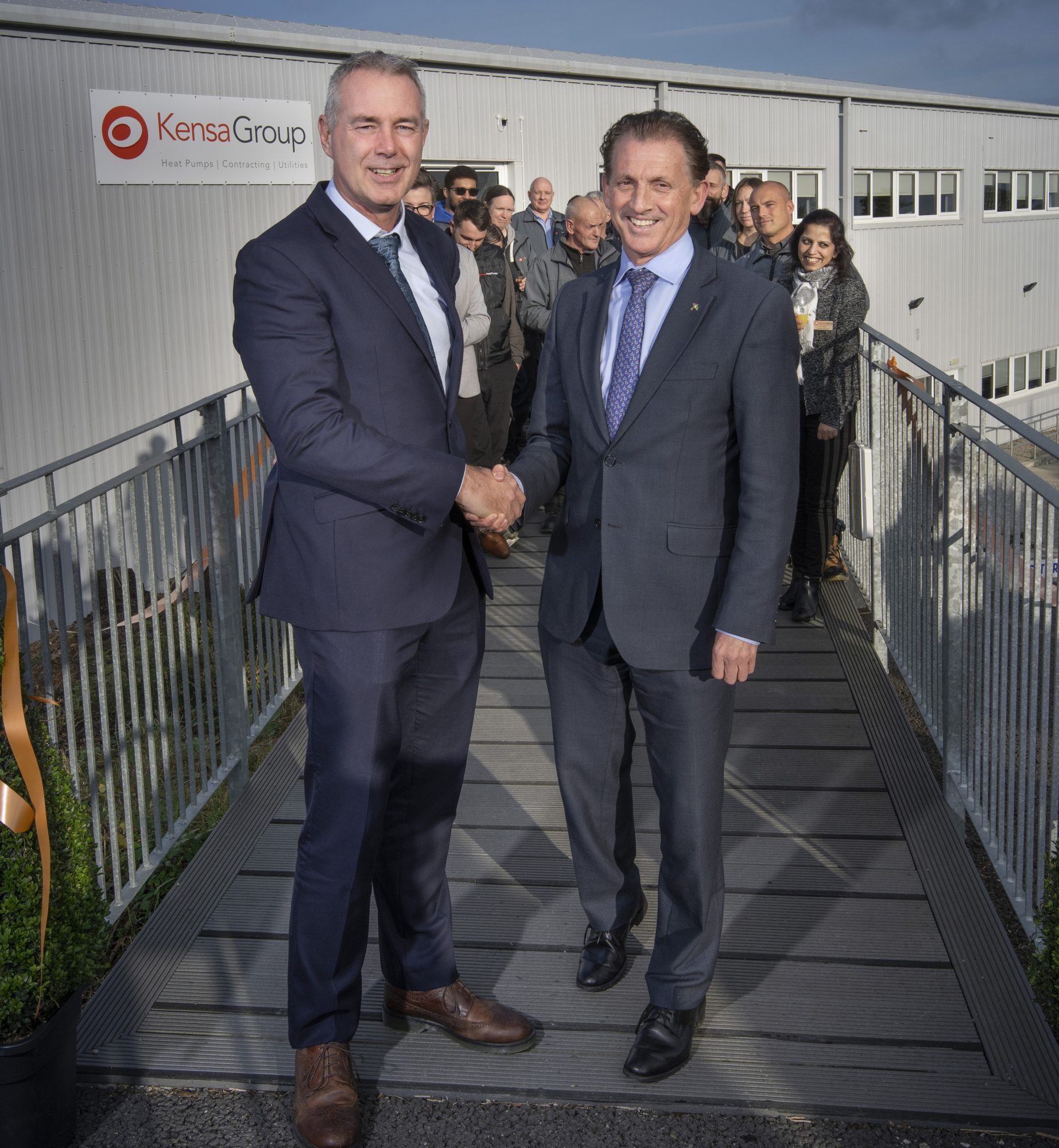
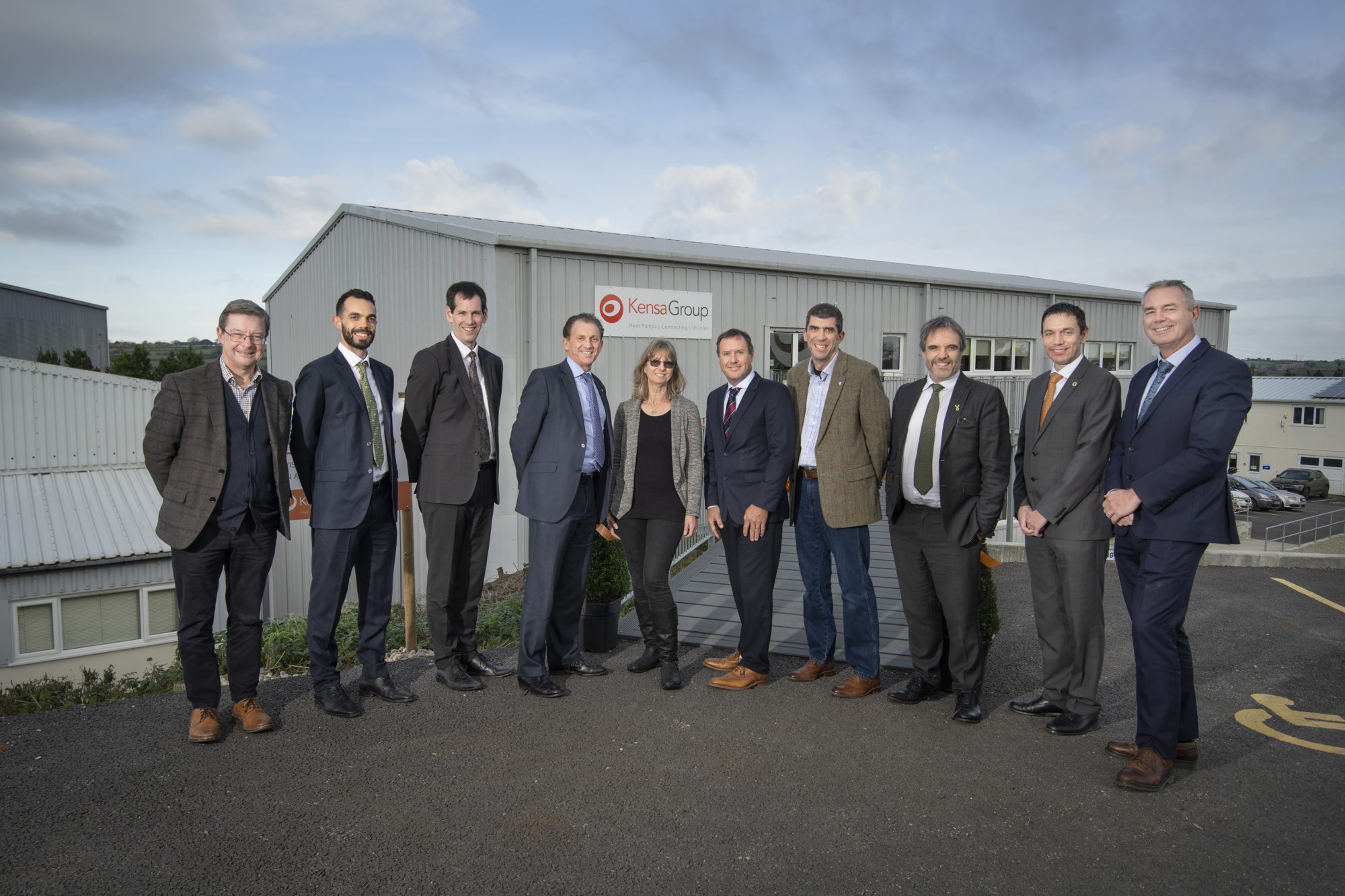
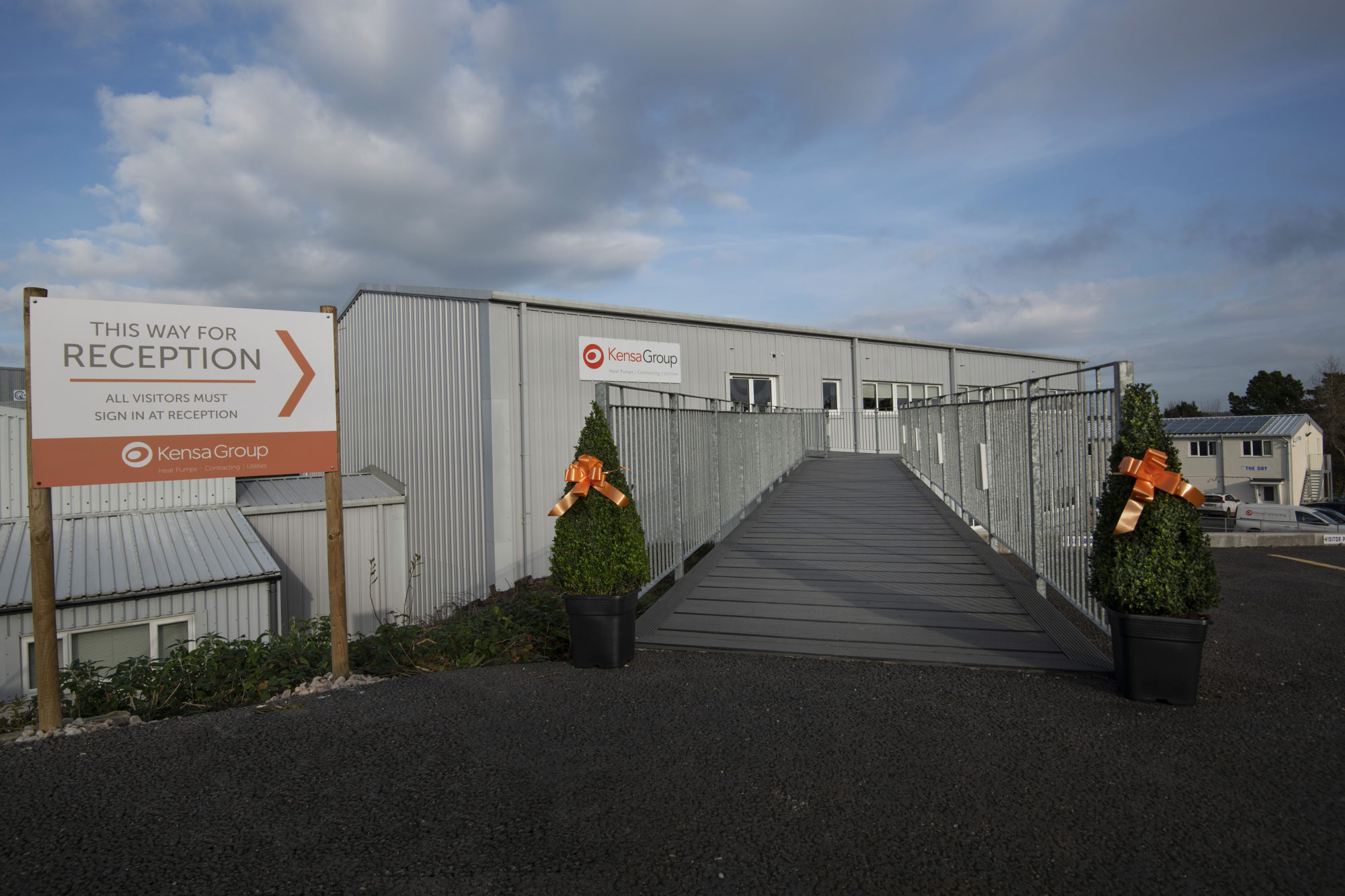





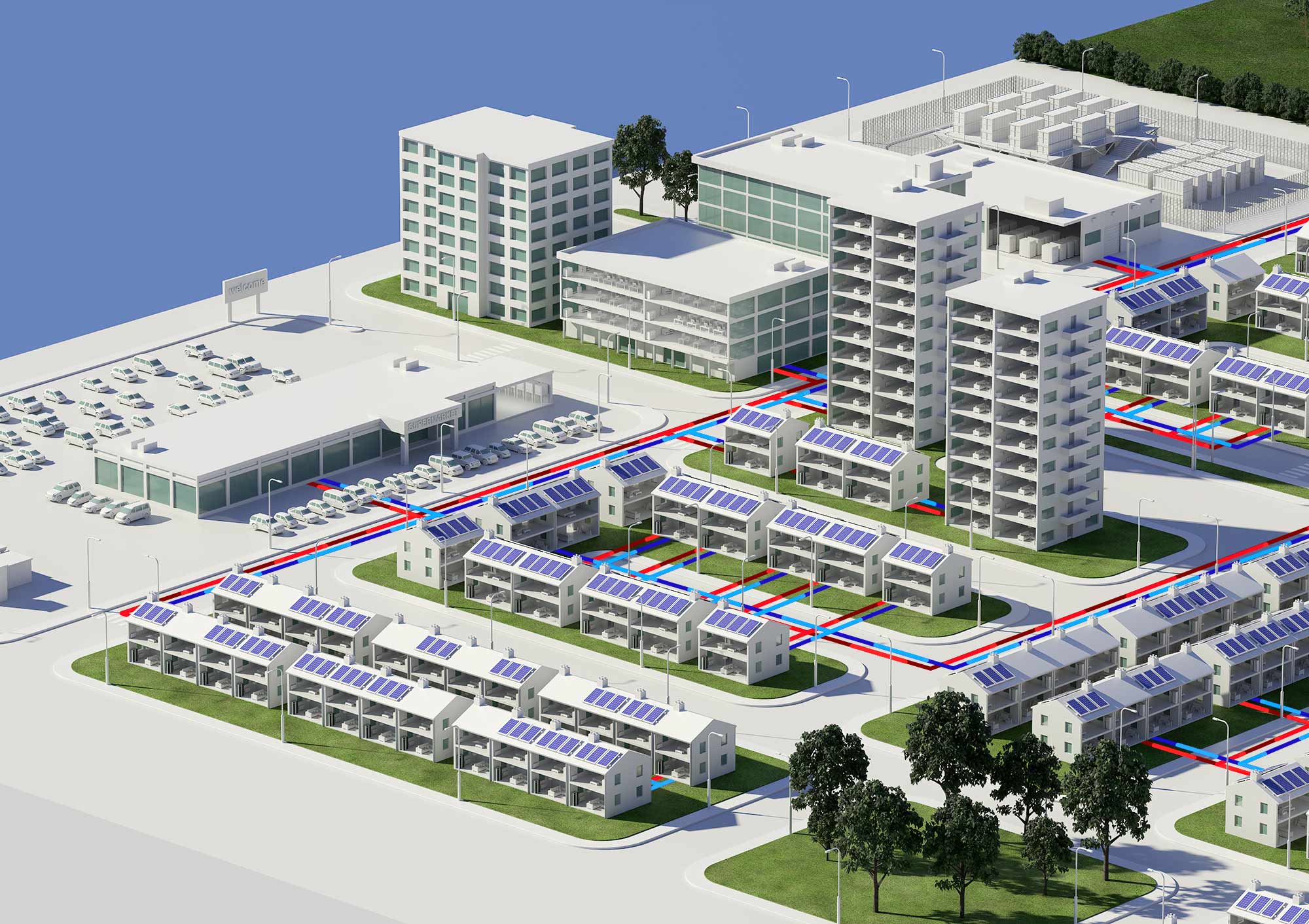


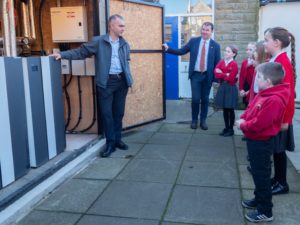

 Summary: Heating High Rise
Summary: Heating High Rise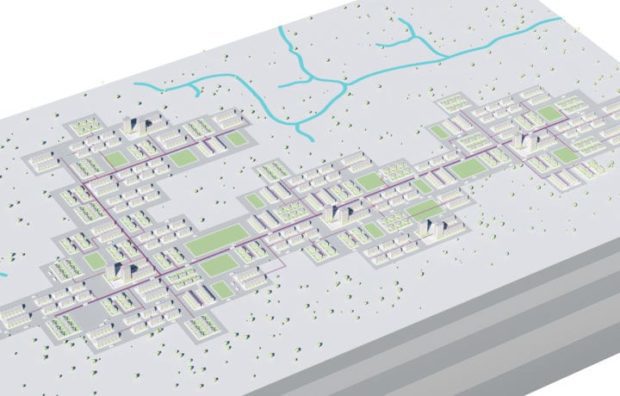
 Summary: On the future of the gas network and the National Grid
Summary: On the future of the gas network and the National Grid
